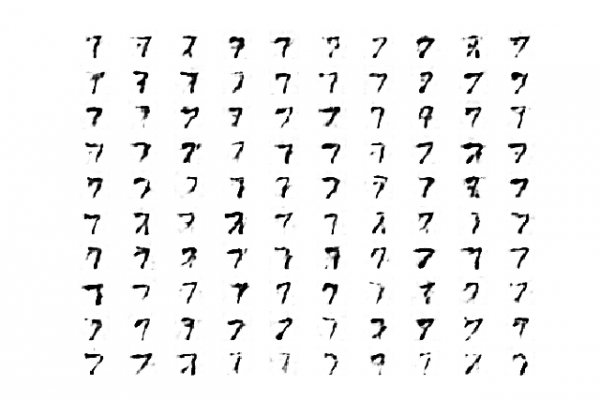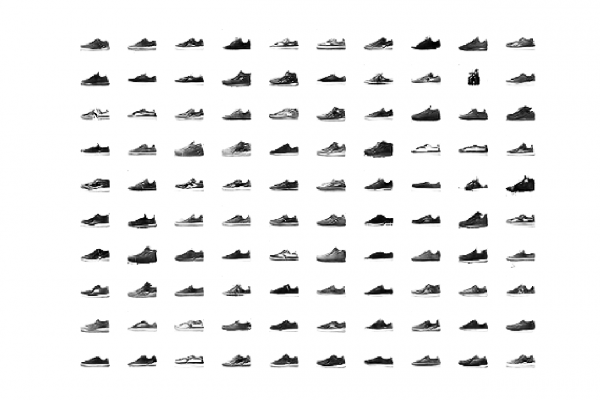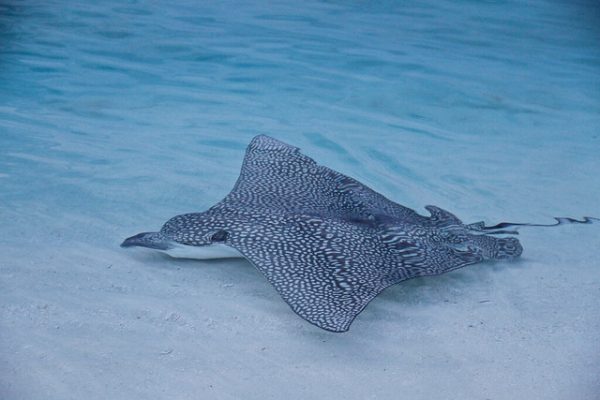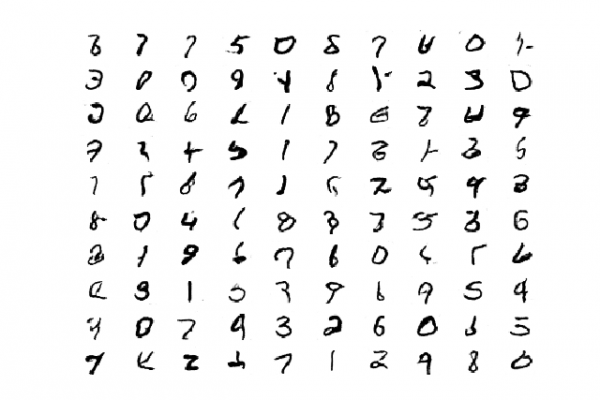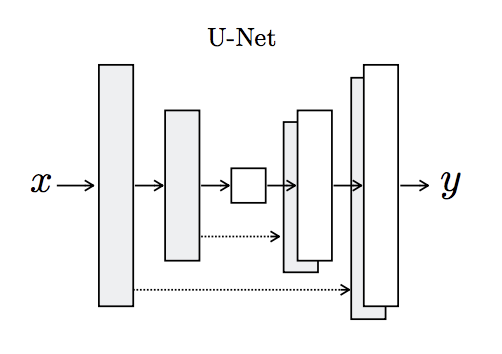How to Code the GAN Training Algorithm and Loss Functions
Last Updated on January 10, 2020 The Generative Adversarial Network, or GAN for short, is an architecture for training a generative model. The architecture is comprised of two models. The generator that we are interested in, and a discriminator model that is used to assist in the training of the generator. Initially, both of the generator and discriminator models were implemented as Multilayer Perceptrons (MLP), although more recently, the models are implemented as deep convolutional neural networks. It can be […]
Read more

